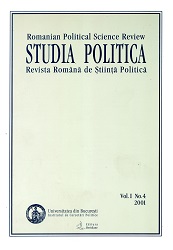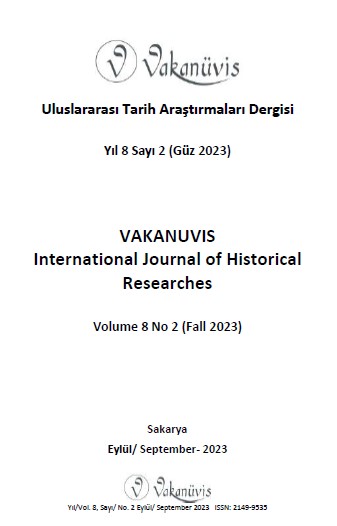Author(s): Ştefan Lifa / Language(s): French
Issue: 31/2022
After the Aurelian retreat, urban life slowly deteriorated. Because of the attacks of the migratory populations, most European cities have shrunk, being gradually surrounded by defensive walls. As a result of the slowdown, the decrease in the economic activities of the Empire, the territory of the former province of Traian Dacia is no exception. Urban life continued until the end of the fourth century in much more precarious conditions than before. The impact with migratory populations (Sarmathians, Goths, Huns) and the mixing of free Dacians led to the gradual degradation of the cities, until these will be definitively left. Regarding the way of life of the Daco-Roman autochthonous communities, in the conditions of the connections permanent with the Empire, this one kept to a great extent its specific. As for Dobruja, here city life continued until the years 602-614. Even more later, in accordance with the considerations of Theophanes Confessor, it can be observed that this region was part of the Empire. Permanent connections between the north and south of the Danube have meant that some cities even experience periods of relative prosperity. From the beginning of the 7th century (602) we can no longer speak of towns to the left of the Danube, because, after a long process of degradation, the fall of the limes gave them the coup de grace. For localities near the river we consider it important in this sense that the defense of the Empire was no longer based for a long time on the fortification of the border, but it was realized in depth, being thus more effective under the new conditions. The favorable natural environment has protected the indigenous population from the attacks of migrants. We can observe in this sense the role of forests and mountains, where the natives withdrew in case of danger (since the aliens did not settle in the forests, in the mountains there was no sufficient water for large animals, etc.). The Danube has also been several times mentioned in the sources of the time.
More...
















